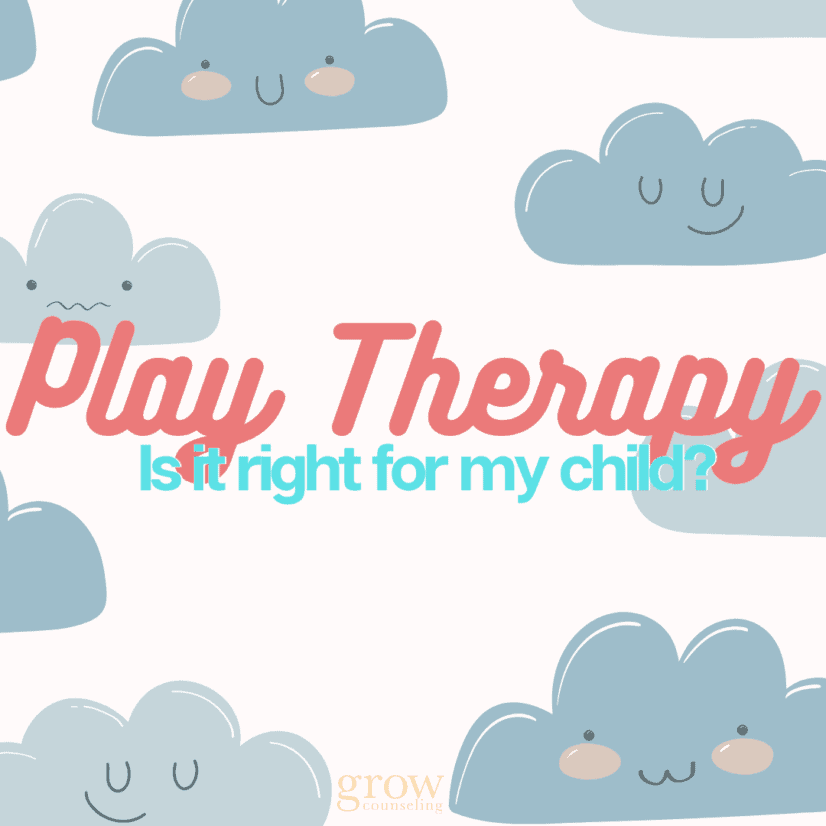I imagine it can be quite overwhelming and challenging as parents to select the best fit counselor for your child. There are so many different factors to consider such as specialties, age, gender, professional background, and type of approach to play therapy.
In hopes to make this process a little easier, this series will be focused on simplifying and breaking down the basics to the different theories of practice in play therapy.
In play therapy, there are many different therapeutic approaches and theoretical frameworks. One of which is Adlerian Play Therapy, derived from Alfred Adler’s theory of individual psychology.
Adlerian Play Therapy is rooted in the following principles –
- All behavior is purposeful
- Children innately have the need to belong
- Children strive to overcome the feelings of inferiority
- Children are social beings
- Children’s inter-personal and intra-personal dynamics are significant
- Children have freedom to make choices about their thoughts, feelings, and behaviors.
These principles can be broken down into what is called the “Crucial C’s.” –
- Connect: “I belong”
- Capable: “I can do it”
- Count: “I matter”
- Courage: “I can handle what is to come”
The creator of Adlerian Play Therapy, Terry Kottman, states that the main goals of Adlerian Play Therapy are to:
- Feel more connected to others and be able to interact with others in prosocial ways
- Develop and practice more positive ways for belonging and gaining significance
- Learn to cope with feelings of discouragement and inferiority in healthier ways
- Recognize patterns of self-defeating beliefs, attitudes, and behaviors and shift them to more constructive patterns
- Notice when they are stuck in feeling inferior and develop coping strategies to address this
Hopefully, understanding the concept behind Adlerian Play therapy will help you decide whether or not this approach is the best fit for your child. Stayed tuned for the next blog on Child Centered Play Therapy!
Written by: Amberly Hamilton

